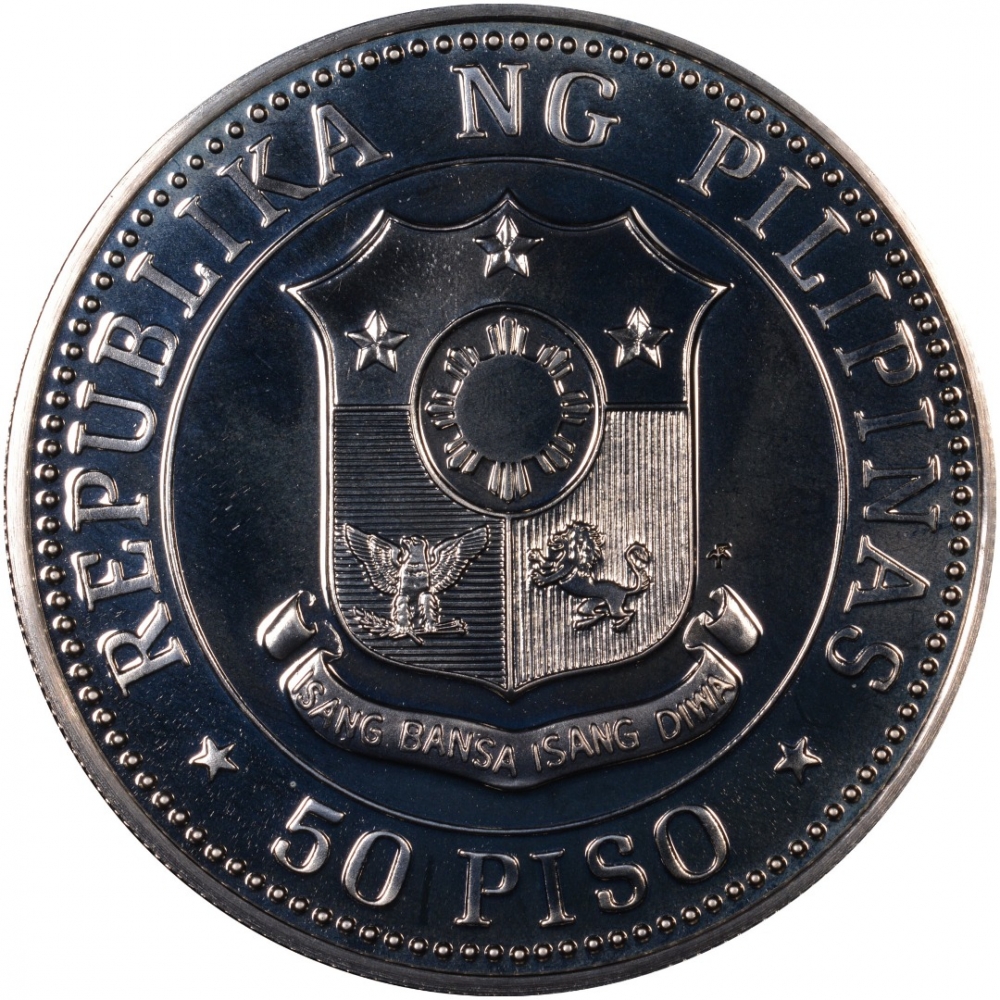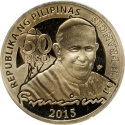You are about to finish your registration. Please check your mailbox (including spam folder). There should be a letter with a confirmation link. Check setting to make sure that your e-mail address is correct.
Send letter againDescription
The Battle of Bataan (7 January – 9 April 1942) was a battle fought by the United States and the Philippine Commonwealth against Japan during World War II. The battle represented the most intense phase of the Japanese invasion of the Philippines during World War II. In January 1942, forces of the Imperial Japanese Army and Navy invaded Luzon along with several islands in the Philippine Archipelago after the bombing of the American naval base at Pearl Harbor.
The commander-in-chief of all U.S. and Filipino forces in the islands, General Douglas MacArthur, consolidated all of his Luzon-based units on the Bataan Peninsula to fight against the Japanese army. By this time, the Japanese controlled nearly all of Southeast Asia. The Bataan Peninsula and the island of Corregidor were the only remaining Allied strongholds in the region.
Despite a lack of supplies, American and Filipino forces managed to fight the Japanese for three months, engaging them initially in a fighting retreat southward. As the combined American and Filipino forces made a last stand, the delay cost the Japanese valuable time and prevented immediate victory across the Pacific. The American surrender at Bataan to the Japanese, with 76,000 soldiers surrendering in the Philippines altogether, was the largest in American and Filipino military histories and was the largest United States surrender since the American Civil War's Battle of Harper's Ferry. Soon afterwards, U.S. and Filipino prisoners of war were forced into the Bataan Death March.
Obverse

|
Coat of arms of the Philippines surrounded by the country name above and value below. REPUBLIKA NG PILIPINAS |
|---|---|
Reverse

|
Depicts portraits of an American and Filipino Soldiers date on the left, inscription below. 1942 |
| Edge |
50 Piso
KM# 236 Schön# 77
Related coins
Pope Francis's visit to the Philippines



